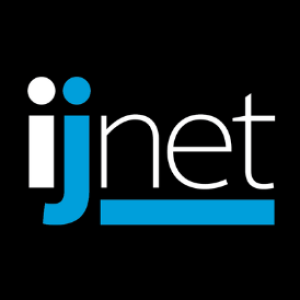OCCRP’s investigative work exposes money laundering in Moldova, using drones to capture stories and more in this week's Digital Media Mash Up, produced by the Center for International Media Assistance.
Follow the money: How open data and investigative journalism can beat corruption
The early spring of 2015 saw thousands of angry people on the streets of Chisinau, capital of the tiny Republic of Moldova. While calling loudly for the resignation of the government and the Parliament, they were shouting, “We want our billion back!”
The demonstrators believed the politicians were to blame for the theft of almost US$1 billion from Moldovan banks, which had left this poor country’s financial affairs in disarray. (Global Investigative Journalism Network, 5/25)
Showing corruption from the skies
In the first shots, the camera lingers. On the pocked and muddy streets of the Moldovan village. On the thin cows walking listlessly past broken fences. On the humble farmhouses, once pastel, now scratched and fading, their shabbiness testament to the deep poverty of this country squeezed between Romania and Ukraine.
But then the images start flashing rapidly by, the video camera soaring high over rooftops and forests as if it has been freed. And what it shows is startling. Just past the impoverished town is a high gate, and beyond that is one vast, elaborate mansion after another, each more spectacular and improbable than the next. (Internews, 6/9)
Mapping refugee media journeys: smartphones and social media networks
For refugees seeking to reach Europe, the digital infrastructure is as important as the physical infrastructures of roads, railways, sea crossings and the borders controlling the free movement of people.
It comprises a multitude of technologies and sources: mobile apps, websites, messaging and phone calling platforms, social media, translation services and more. (The Open University, 5/13)
CIMA offers the Mash Up free via email. Sign up here.
Main image CC-licensed by Flickr via Momin Bannani.


